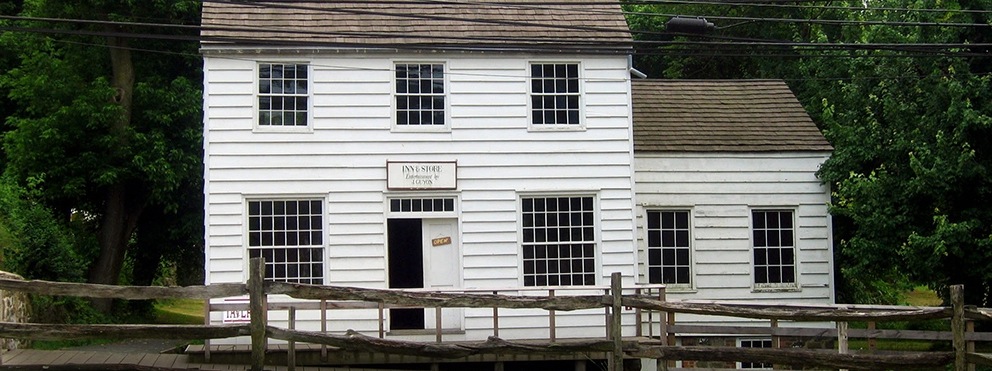The area that is now Historic Richmond Town’s main site served for nearly two centuries as the government center of Staten Island (Richmond County). After Staten Island became one of the five boroughs of New York City in 1898, the county offices were gradually moved to the northern part of Staten Island, closer to Manhattan. Richmond Town became a quiet community as government offices, and the many businesses that served them, left the neighborhood.
In the 1930s, the Staten Island Historical Society saw a historic preservation opportunity in the buildings that had been vacated, and in 1933 the Society obtained permission to renovate the former County Clerk’s and Surrogate’s Office for use as a museum. Fueled by the same depression-era passion for historic preservation which resulted in the creation of Colonial Williamsburg, local residents helped create a testament to Staten Island’s rich history in an era of rapid development and urban sprawl. In the early 1950s, the City of New York acquired the 100-acre Richmond Town site, which was designated Richmond Town Restoration and set aside for preservation. Today this site occupies 25 acres of a 100 acre site with about 15 restored buildings, including homes, commercial and civic buildings. We will see historically furnished interiors and explore museum exhibits. Small groups will tour the area with the experienced staff and see demonstrations of the daily activities of early Staten Islanders. Please be aware that we will visit several buildings, so there will be a fair amount of walking.
